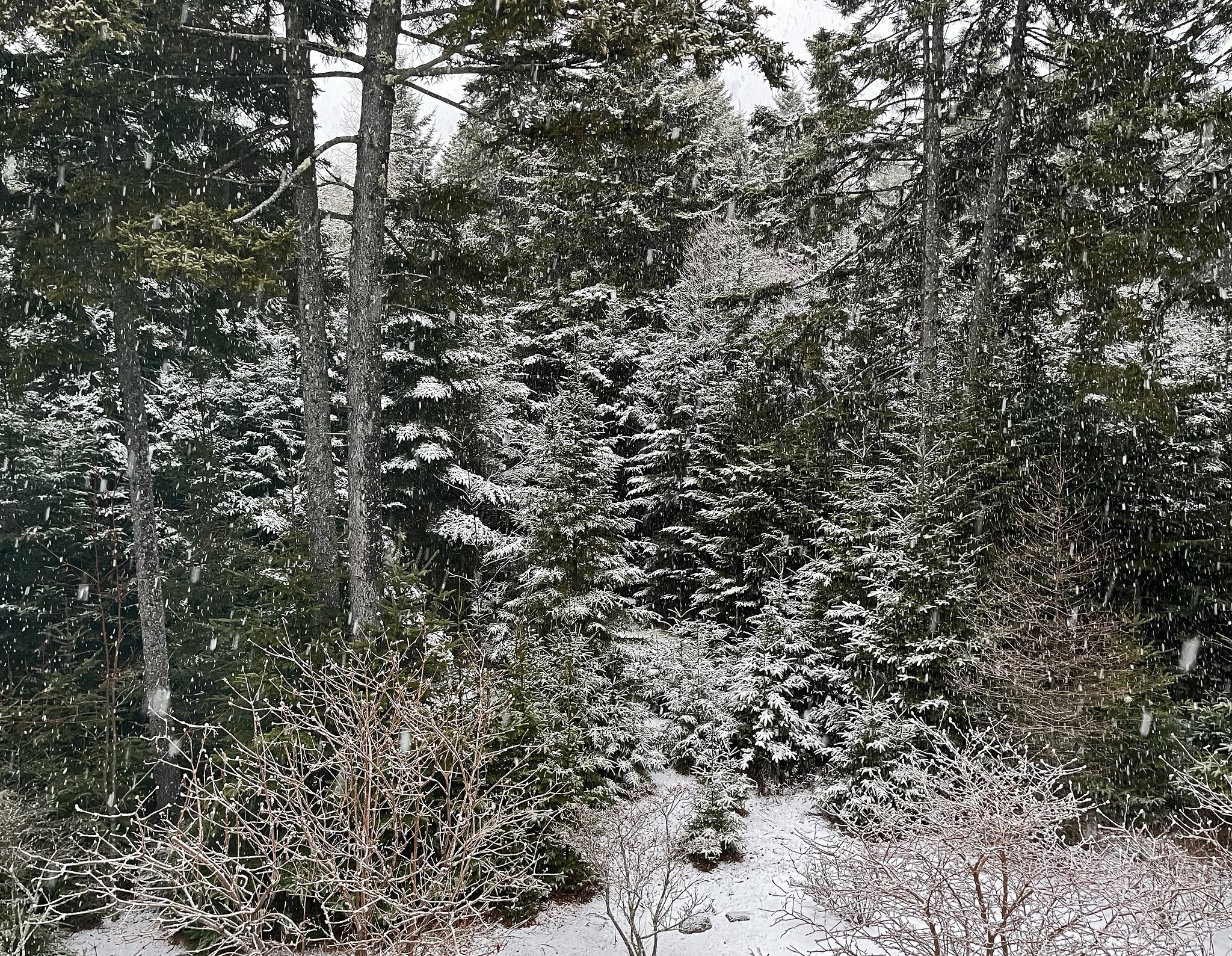This image is of the Town’s Annual Meeting where the year’s major budgetary, tax, and operational issues are decided. The decisions here will primarily be implemented and/or overseen on a day-by-day basis by a three-person Selectboard and a few Town officials. If a special need arises, a special Town Meeting will be held.
Selectboard forms of government have their roots in early 17th Century Colonial New England, where townspeople gathered at regular intervals to discuss and decide community issues, many of which involved survival. The Puritans and their meeting houses for collective religious and secular uses were especially influential in developing this form of local government, according to reports.
The meeting shown here is in the Brooklin School gymnasium, where it began with the Pledge of Allegiance. It’s being moderated by Jon Wilson, a distinguished volunteer, at the lectern in the center.
At the table to Jon’s left are the three elected and salaried “Selectmen” (male and female, chaired by a “First Selectman”). At the table to Jon’s right are two elected and salaried officials with multiple responsibilities: One is the Town Treasurer/Voting Registrar/Administrative Assistant and the other is the Town Clerk/Tax Collector, among other duties done by each.
(Image taken in Brooklin, Maine, on April 5, 2025.)































































































